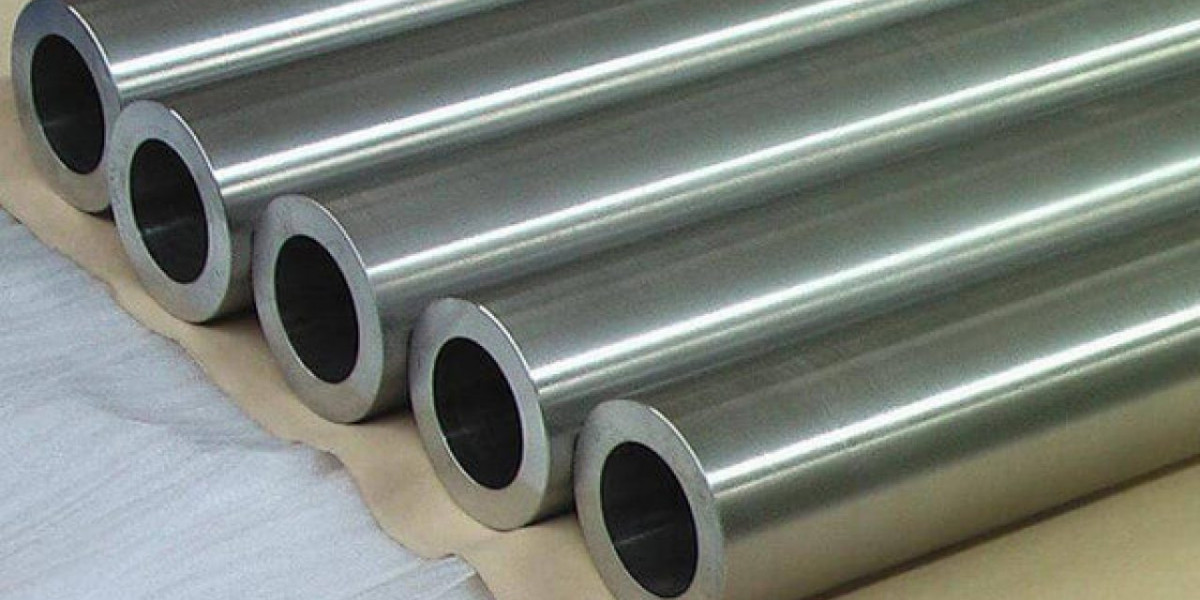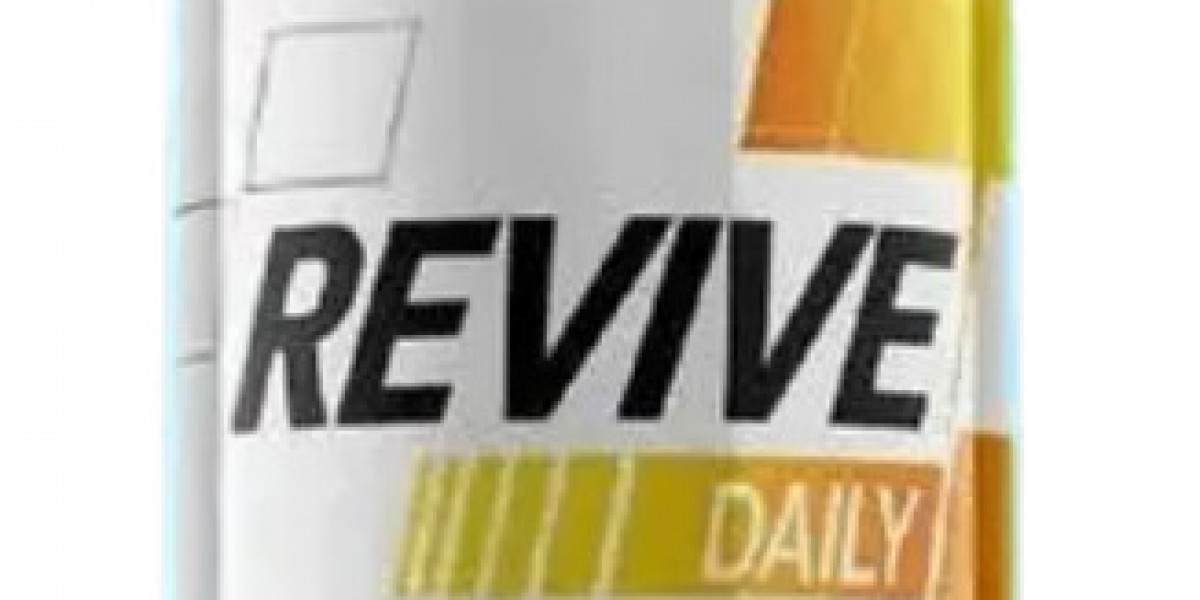Introduction
Steel pipes and tubes are vital components used across a wide array of industries, including energy transportation, water supply, and construction. Due to the significant role these products play in infrastructure and industrial systems, it is essential that they adhere to high standards of quality, safety, and environmental responsibility. To achieve this, the steel pipes and tubes market is heavily regulated, with multiple standards and policies ensuring that products meet both global and national safety and quality benchmarks.
International Standards Governing Steel Pipes and Tubes
The global steel pipes and tubes market is heavily influenced by international standards that define the quality, safety, and performance expectations for these products. These standards are developed by international organizations to ensure consistency and reliability across regions.
ISO (International Organization for Standardization)
ISO standards are among the most widely recognized in the industry. These standards are crucial in ensuring the consistency and quality of steel pipes and tubes. Notable ISO standards include:
ISO 3183: This standard covers the technical delivery conditions for steel pipes used in the transportation of gas and petroleum, ensuring the material’s strength and durability under harsh conditions.
ISO 9001: Focuses on quality management systems, requiring manufacturers to consistently meet customer and regulatory demands while continuously improving their processes.
ISO 4954: This standard addresses the classification of welding consumables for steel pipes, ensuring that the proper materials are used in welded products to maintain integrity and strength.
ASTM (American Society for Testing and Materials)
ASTM International is another influential body that sets standards specifically for steel pipes and tubes, especially in markets such as the United States. Some important ASTM standards include:
ASTM A53: Governs carbon steel pipes used in various applications, including construction and transportation, ensuring they meet minimum strength and testing criteria.
ASTM A312: Provides requirements for seamless and welded austenitic stainless steel pipes, often used in high-temperature and pressure environments.
ASTM A500: Covers cold-formed welded and seamless carbon steel tubing, typically used in structural applications, ensuring consistency and reliability.
Government Regulations and Policies
In addition to international standards, national governments have implemented their own regulations and policies to govern the safety, environmental, and performance aspects of steel pipes and tubes. These regulations vary by region and are designed to ensure that manufacturers produce products that meet local safety standards and environmental guidelines.
U.S. Regulations
In the United States, the Pipeline and Hazardous Materials Safety Administration (PHMSA) plays a key role in regulating steel pipes, especially for the oil and gas industries. Some of the most important regulations include:
49 CFR Part 192: This regulation governs the transportation of natural gas and includes detailed requirements for steel pipes used in gas pipeline systems, including testing and material specifications.
49 CFR Part 195: This regulation applies to hazardous liquid pipelines and mandates rigorous standards for steel pipes used in the transportation of liquid fuels and chemicals, ensuring their safety and reliability.
European Union Regulations
The European Union enforces several directives and regulations that apply to steel pipes and tubes, particularly when used in pressure-related applications. One such regulation is the Pressure Equipment Directive (PED 2014/68/EU), which sets safety standards for pressure equipment, including pipes used in high-pressure systems such as steam boilers and pressure vessels. This directive requires manufacturers to meet specific design, material, and testing requirements to ensure that pipes can withstand high-pressure conditions without failing.
Environmental and Sustainability Considerations
Environmental concerns play a growing role in the regulation of the steel pipes and tubes market. Manufacturers are increasingly required to adhere to sustainable practices, not only in the production of steel pipes but also in their disposal and recycling.
Sustainable Manufacturing Practices
Governments and regulatory bodies are placing more emphasis on reducing the environmental impact of steel production. Policies require steel manufacturers to minimize carbon emissions, optimize energy usage, and recycle scrap metal whenever possible. Additionally, some standards focus on ensuring that the raw materials used in the production of steel pipes meet environmental sustainability criteria.
End-of-Life Regulations
Another critical aspect of the regulatory landscape is the management of steel pipes and tubes at the end of their useful life. Regulations often govern the recycling and disposal of steel pipes, encouraging the reuse of materials and reducing the environmental footprint. Manufacturers and industry players are increasingly adopting circular economy principles to manage waste and promote the sustainable lifecycle of steel products.
Conclusion
The regulatory landscape of the steel pipes and tubes market is comprehensive and ever-evolving, with numerous international and national standards, policies, and regulations in place to ensure the safety, quality, and environmental sustainability of these critical products. From ISO and ASTM standards to government regulations and sustainability initiatives, the policies shaping this market play a vital role in maintaining high standards for performance and safety. As the industry continues to grow and adapt to new challenges, these regulatory frameworks will remain essential in ensuring that steel pipes and tubes meet the evolving needs of global industries.








